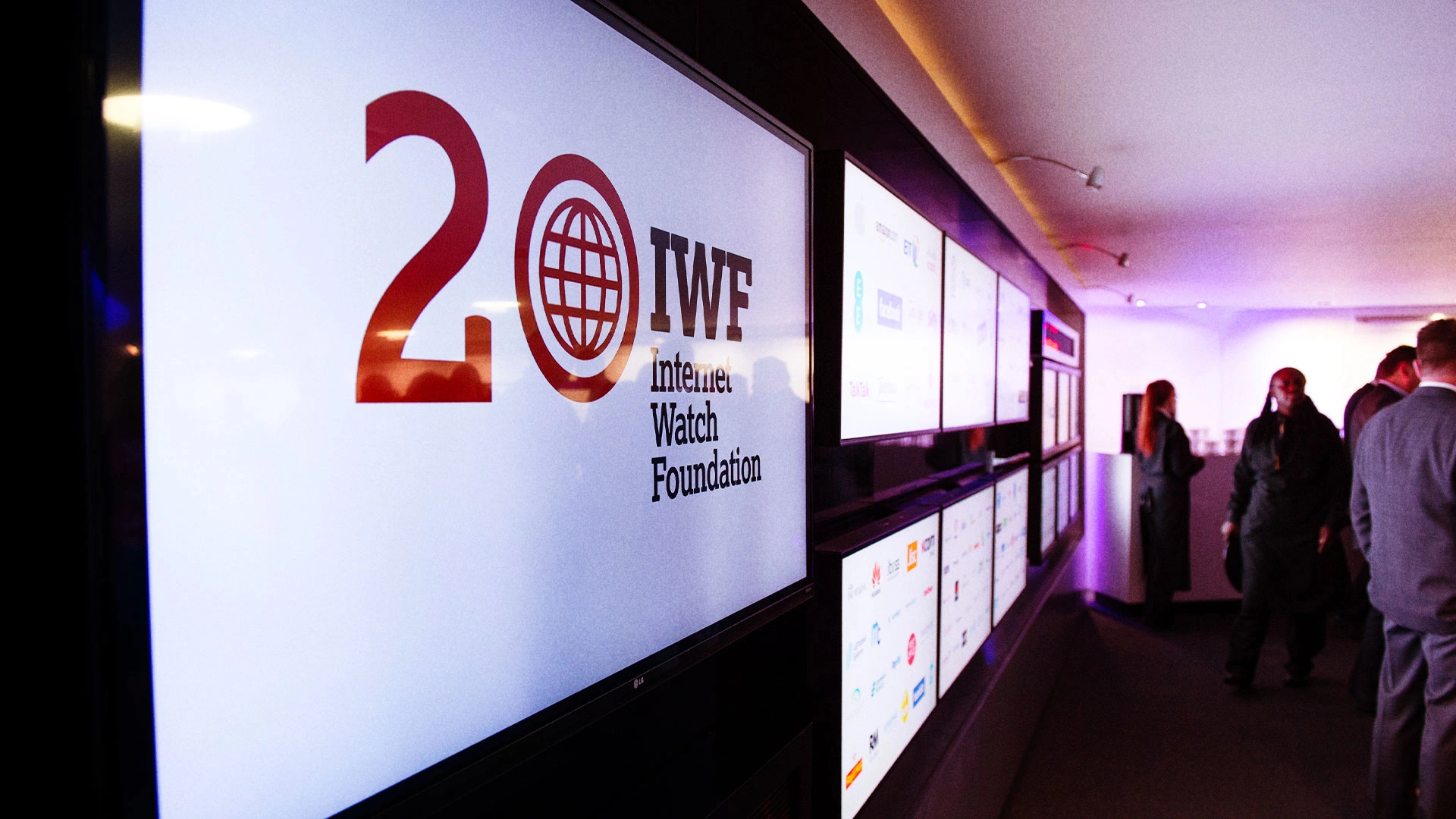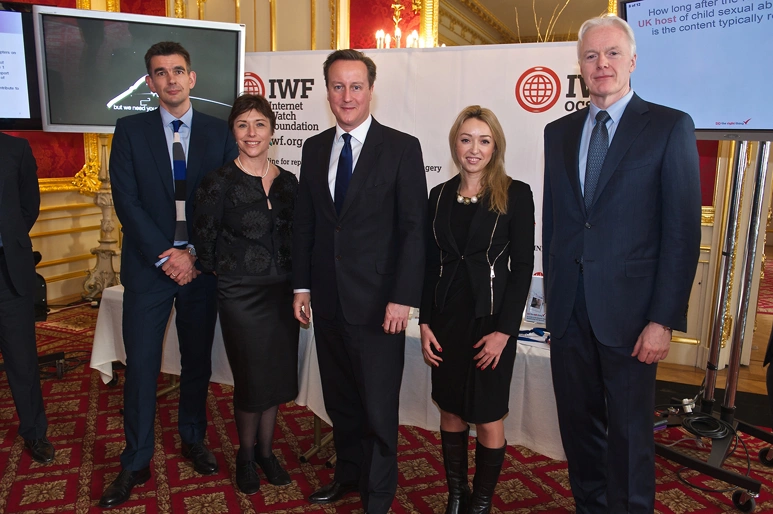
AI becoming ‘child sexual abuse machine’ adding to ‘dangerous’ record levels of online abuse, IWF warns
‘Frightening’ 260-fold rise in AI child sexual abuse videos contribute to making 2025 worst year for online abuse in IWF’s 30-year history.

Since we began, our analysts have assessed more than 3.1 million reports of child sexual abuse imagery online.
The numbers are shocking, but they don’t tell the whole story. The children in the pictures are real. Some are just babies. Some are being raped or even tortured. Their suffering, their abuse, is very real.
We were established to stop illegal images and videos of children from being uploaded and circulated online. Our job, from day one, has been to defend young victims from having a record of their suffering shared again and again. To stop the abuse from being perpetuated.
It’s a tough job. But our analysts have become global experts. Their knowledge has led to millions of disturbing illegal images of child abuse being removed from the internet. It’s also led to some victims of abuse being rescued. It’s vital work.
From the beginning, our approach has been tech-led. We’ve pushed the boundaries of new technology to build cutting-edge tools to help our analysts track down illegal imagery and defend children online. Our research, based on unique data from the Hotline, is aimed at identifying trends in offending to help lawmakers, the police and the tech community better protect children.
When we started, in 1996, over 18 per cent of the world’s child sexual abuse imagery was hosted in the UK. Today that figure is less than one per cent. The next step is to take our knowledge, our fight, to countries across the world.
Together we can better defend all children online.
In 1996, the Metropolitan Police identified indecent images of children on some UK based newsgroups. They notified the Internet Service Providers Association (ISPA).
At the time, the police believed this may have constituted a publication offence under the Protection of Children Act 1978 (England and Wales), by the UK internet service providers (ISPs).
The internet industry in the UK tried to find a way to combat the hosting of these ‘indecent’ images of children, whilst protecting the tech community from being held criminally liable for providing access to the illegal imagery.
It was a difficult problem, both legally and technically. The penny began to drop. Technology could make it easier to harm kids.
Something had to be done. Discussions were held between the former Department of Trade and Industry (DTI), the Home Office, the Metropolitan Police, some ISPs and the Safety Net Foundation (formed by the Dawe Charitable Trust). The outcome of the talks was that ISPA, the London Internet Exchange (LINX) and the Safety Net Foundation would create an R3 Safety Net Agreement regarding rating, reporting and responsibility.
An important element of the Agreement was to established an independent organisation to receive, assess and trace public complaints about child sexual abuse imagery on the internet and to support the development of specific website rating systems.
The Internet Watch Foundation (IWF) was born.
Since we were set up in 1996 we’ve been running a Hotline service for people to report potentially criminal images and videos of child sexual abuse. We’ve also been responsible for issuing ‘takedown notices’ to UK ISPs in partnership with the police. This means that they can remove the illegal imagery.
Our Hotline was formally launched in December 1996, to combat child sexual abuse images and criminally obscene adult content hosted in the UK. Since then, our work has had to develop rapidly to stay ahead of a very technical curve. The spread of illegal images of children online exploded with the internet.
The criminals who abuse children, then perpetuate the abuse by sharing the suffering online are ruthless. And contrary to popular belief, they don’t restrict their illegal activities to the dark web. These abusers use legitimate services to help them circulate illegal imagery.
That’s why we’ve created Tech for Good, to build unique tools and services to help the tech community make their services safer and stronger. That way they can help defend and protect children, while making the internet safer for all.
Read more about our journey to protect children online in our Annual Reports.

It’s a sad truth that abusers, criminals who harm children, will use any new tool or advance in technology. Without a doubt, the internet has provided them with a global stage for their cruelty.
But since our humble beginnings, we’ve grown to become a world-leader in protecting children online. We use advanced technology and human expertise to support young victims. Our knowledge helps governments shape new laws; laws that will help defend the victims of child sexual abuse online; laws that help keep all young people safe online.
And we’re building cutting edge tools and services, Tech for Good, to help fight to defend children from the criminals who are dedicated to abusing, grooming or profiting from their suffering.
We’re doing the right thing.

‘Frightening’ 260-fold rise in AI child sexual abuse videos contribute to making 2025 worst year for online abuse in IWF’s 30-year history.

IWF calls on lawmakers in Germany, Italy and Poland to respect the will of their electorates and pass laws allowing tech companies to detect for child sexual abuse images and videos.

The Internet Watch Foundation (IWF) is delighted to celebrate a decade of partnership with NetSupport.

The Internet Watch Foundation welcomes CheckFirst as its newest Member, joining the fight to eradicate child sexual abuse images and videos from the internet.